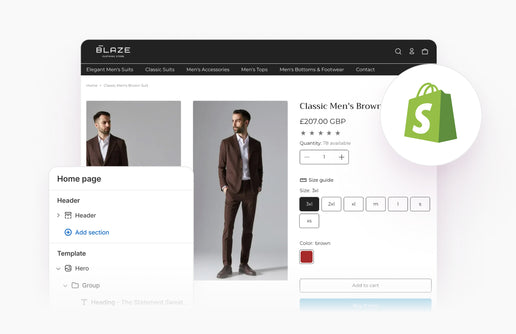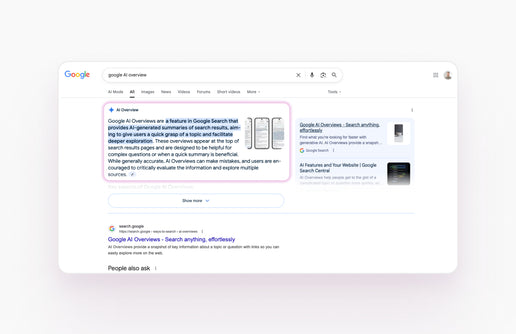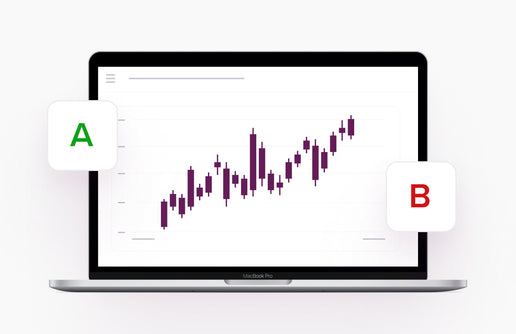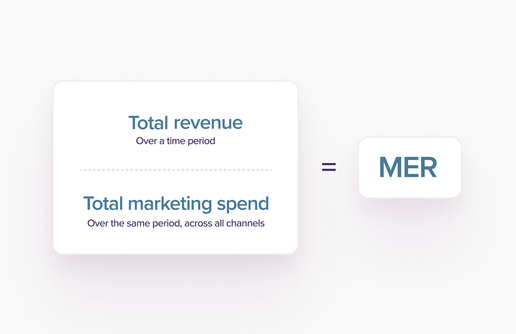SEO is a key consideration in any website redesign. With over 10 years in designing and optimising websites, we have first hand experience of how redesigning a website can affect your SEO. While there are elements you can’t control, such as how long it can take Google to recover your rankings, there are elements you can, such as redirects and keyword implementation that can help Google see your new website more favourably.

What Is SEO?
SEO stands for Search Engine Optimisation. This is the process of enhancing elements including but not limited to: user experience, keyword targeting and general content in order to appear higher in search engine result pages. If you sell gym tops on your website, you would like to appear in the top position on Google when someone searches for “gym tops” so that they click onto your site (as opposed to your competitor’s), have a good experience and then buy your product. This is why SEO is important.
SEO Risks & Challenges Associated With Website Redesign
When you redesign your entire website there will be an initial effect on your rankings as Google learns the new layout, pages, internal links and more. Your new website could have different URL and navigation structures, you might have created new pages to target certain keywords and your internal links may need to change. There may be broken links or 404’s or you may need to provide Google with a new sitemap.
Fortunately, these risks can all be mitigated with the right knowledge. The impact of a website redesign on SEO will come down to how well you have taken the following factors into account:
Keyword research
With a brand new web design to play with, you have the opportunity to integrate keywords in a way that you previously might not have been able to. You can have category pages dedicated to your top level and high volume keywords such as Football Boots, Sunglasses etc.
Doing your keyword research properly allows you to plan out what core pages you want your new website to have and what the content on those pages will look like.
Migrating Content
Your existing site has numerous pages of content, whether this is on a product page, blog post or category page. First, conduct a content audit and understand if a given piece of content is going to be removed, updated or simply migrated. You need to ensure that the content on your existing site that you want to migrate has a place on your new site. This doesn’t always have to be replicating the pages as they are. For example if you have a dedicated product FAQ page, you could integrate this content onto specific product pages. As long as the content you want to move over appears in some capacity on the new website.
If one of your old pages has been missed during the content planning phase, but the URL is still indexable to Google, it could show up to users in an un-styled mess. If the content looks spammy or like it could be an untrustworthy site, people will be hesitant to revisit it.
Device Responsiveness
One of the reasons you might want a website redesign is that your website could be more responsive on certain devices such as mobile. Imagine the scenario where your website sections look great on desktop, but squashed on mobile. This will impact user experience and therefore your SEO rankings.
Our developers and designers are always keeping up to date with best practices for building and designing panels across all devices so that this benefits user experience and decreases the page load speed - again, boosting your rankings in search engines.
URL Structure
If your new website is moving to Shopify your URL structure could change to adopt Shopify’s standard approach of www.yourdomain.com/products or /collections. This means you need to plan what redirects you need to put in place. Similarly, for soft content, ensure that if your old URL relates to a new page on your site that a redirect is set up for this so users land where they expect to.
Previous myths have stated that if there are any 404’s at all, Google will harm your overall site rankings when in actual fact, Google’s own John Mueller has stated that broken URLs (404s) are a natural part of the web. The only thing to watch for is if there are live links on your website that lead to 404s. If a page is no longer needed, Google will see the 404 as a page that is no longer of use to users and this will fall out of Google’s indexes over time.
Structured Data
Structured data is a way that you can help Google understand what information is on a page and in the era of AI in search, helping Google's systems understand your website and content through structured data will be important. As the name suggests, it displays information (data) in a tidy (structured) way. For example, blog post structured data could include fields for the author, the title of the blog, the published date and the content itself.
Your new website could benefit from types of structured data that your old website didn’t. For example, are you a chef that posts recipes on your website? If so, there’s structured data for that! Do you have an FAQ section? There’s structured data for that too! Your new website could also require new local structured data to appear in local or “near me” search results. Google has a full list of structured data types and implementing these will help Google understand your content more quickly.
Launch Day
After launching your new website, your SEO rankings could drop. This is nothing to worry about. Certainly don’t go and change all the content on your website. It will take time for Google's algorithms to understand the new structure and content of your website but uploading a new sitemap, using internal linking and indexing your new pages in Google Search Console could speed up this process.
SEO Friendly Website Redesign Tips
- Do your keyword research to ascertain what keywords you want to focus on for each page of your website.
- Ensure that all of your existing content is either (a) being removed or (b) has a place on the new website.
- Make sure that your new web design is responsive and optimised across all devices and platforms from desktop, mobile and tablet.
- Make sure all your old URLs are being redirected to new ones if your URL structure is changing.
- Add structured data to your new website to ensure Google understands the type of content on that page so it can serve it in search results quicker.
- Don’t panic if you see your rankings lower in the first month or so, leave Google to do its job, assess the results after the correct amount of time and update where necessary.
Website redesigns have various SEO elements that are all important to consider from new page architecture, redirects, keyword research and more. With the right planning and tasks in place, your website can certainly benefit from a fresh new look.
Contact Us
Our team of digital marketers, web designers and developers have years of experience designing and optimising new websites for Google. Our meticulous planning will make sure everything is set up ready for launch day and we give you peace of mind that we are controlling what we can and monitoring what we can’t to make the right decisions at the right times. View our case studies to see how we have transformed the web presence for our clients.







